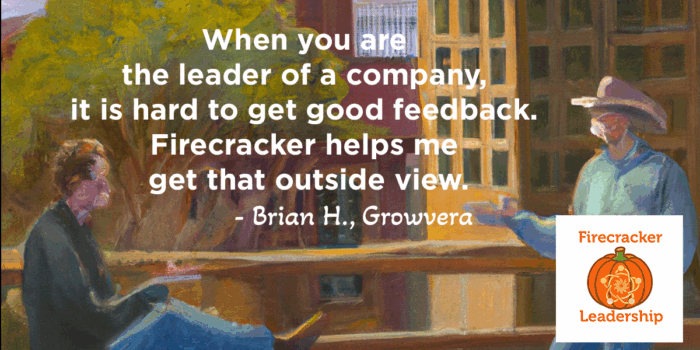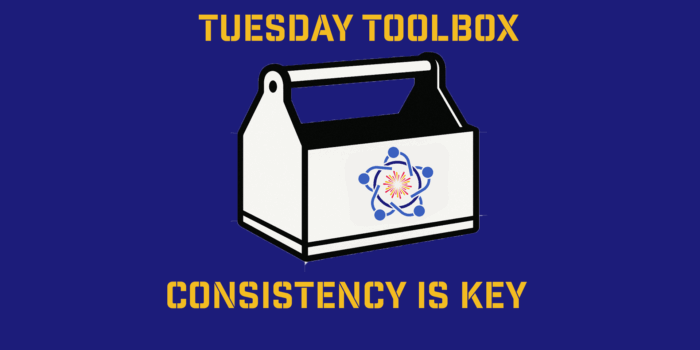You had staffing issues before covid. Here’s where it started.
We’re in the midst of breath-catching revolutions in how America lives and works. Working from home, as an issue, is still shaking itself out, but its implications are huge. If an entire class of people who used to go to the office stay home, it will upend the commuter model on which modern cities are built, and on which they depend for revenue.
Another great question has to do with the shortage of workers. You see this all around you. There aren’t enough people to fill available jobs.
Retailers big and small struggle to find and retain employees. Beaches and pools can’t find lifeguards. Police forces can’t find young men and women to apply. The U.S. Army can’t find recruits. Doctors offices strain to fill a job when somebody leaves. Airlines are so short-staffed there’s no one to help you find luggage that’s been lost for two weeks. There’s no one to keep it from being lost. The other night a Midwestern city official told CNN, of the struggle to hire cops, “It’s like the American workforce vanished.”
 The U.S. Chamber of Commerce published a report, “Understanding America’s Labor Shortage,” by Stephanie Ferguson. The chamber, she writes, hears every day from members “of every size and industry, across nearly every state” that they face unprecedented challenges trying to fill jobs. There are more than 11 million job openings in the U.S. but only six million unemployed workers.
The U.S. Chamber of Commerce published a report, “Understanding America’s Labor Shortage,” by Stephanie Ferguson. The chamber, she writes, hears every day from members “of every size and industry, across nearly every state” that they face unprecedented challenges trying to fill jobs. There are more than 11 million job openings in the U.S. but only six million unemployed workers.
So what’s happening? At the height of the pandemic more than 120,000 businesses temporarily closed, but the economy bounced back and in 2021 added an “unprecedented” 3.8 million jobs. But 3.25 million Americans have left the workforce—labor-force participation among Americans 16 and older is 62.2%, down from 63.4% in February 2020.
Several factors are at work. The chamber notes that Americans have added $4 trillion to their savings accounts since early 2020. They had more money and less to spend it on, thanks to “enhanced unemployment benefits, stimulus checks, and not being able to go out.” The extra few hundred dollars a week from enhanced unemployment “led to 68% of claimants earning more on unemployment than they did while working.” But enhanced unemployment ended in September 2021.
Difficulty finding good child care also keeps some from the workplace. During the pandemic a lot of child-care providers closed up or scaled back. A lot of working mothers left their jobs during the pandemic and apparently chose not to return. The labor-force participation rate for working mothers went from around 70% to 55% and hasn’t fully snapped back.
Part of the overall story is the phrase that’s entered the language, “the Great Resignation,” which started in the fall of 2020. Workers, especially but not only the young, began quitting their jobs in hope of better conditions or opportunities. The Bureau of Labor Statistics reports that more than 47 million Americans voluntarily quit their jobs in 2021. Much of that was pandemic-related: Hiring was coming back, workers suddenly held the cards, a historic event was unfolding: Why not use it to re-evaluate your priorities? For some it has really worked out. Pew Research reported in March 2022: “Those who quit and are now employed elsewhere are more likely than not to say their current job has better pay, more opportunities for advancement and more work-life balance and flexibility.”
Fortune this week reported the Great Resignation isn’t something that happened, it’s happening. The magazine cites a global survey of full-time employees and self-employed workers conducted for Microsoft, which found 41% “are considering leaving their current employer this year” and another, done by McKinsey, which put the figure at 40% in the next three to six months. Bonnie Dowling, a co-author of the McKinsey report, told CNBC: “There’s been a fundamental shift in workers’ mentality, and their willingness to prioritize other things in their life beyond whatever job they hold.”
Pretty much all the reports and research I’ve seen suggest that a lot of people experienced the pandemic as an opportunity to change not only their jobs but their lives. Some quit jobs to create new businesses—the Census Bureau reported nearly 5.4 million new-business applications in 2021, up from the previous record of 4.4 million in 2020. Some want to be more present for their families.
The shock of the pandemic prompted reflection. Stimulus checks and enhanced unemployment helped make big personal change possible.
At the Harvard Business Review, Joseph Fuller and William Kerr wrote this spring that the Great Resignation was an “unprecedented mass exit” but also the reversion to a long-term trend, one we’re “likely to be contending with for years to come.” Quit rates have been rising steadily for a long time. When the pandemic first hit, workers held onto their jobs for fear of layoffs and recession. But by 2021 stimulus money hit the system and uncertainty abated. That’s when the Great Resignation hit. “We’re now back in line with the pre-pandemic trend.”
It isn’t only the young. Part of the story of job-leaving in America has to do with early retirement. “In 2021, older workers left their jobs at an accelerated rate, and they did so at younger ages.” They felt able to do so because their houses were suddenly worth more, they had retirement accounts, and they were afraid of getting sick.
There are good things in what we’re seeing. Workers, especially those in lower skilled jobs, have increased leverage—feeling more valued, able to demand good treatment and better salaries. More mothers who want to stay home with their kids feel able to do so. But there are also causes for concern. The unfilled jobs look to be setting the perfect historical circumstance to usher in a new rise of the robots. And it means something that there are many who’d like to join the Army but can’t meet its mental- and physical-health requirements, for reasons including obesity.
Which gets us to Mene Ukueberuwa’s January interview in the Journal with the political economist Nicholas Eberstadt of the American Enterprise Institute. Mr. Eberstadt notes that recent workforce changes follow a postwar pattern. Usually after recessions, male labor-force participation drops, and when the recession ends it ticks up, “but never gets back to where it was.” Labor-force participation for both sexes, he notes, peaked in 2000 at 67%. We’re now 5 points lower than that.
The work rate for those in their prime working years, 25 to 54, has been declining since the turn of the century. The economic implications are obvious—slower growth, less expansion—and the personal implications are dire. “By and large, nonworking men don’t ‘do’ civil society,” Mr. Eberstadt says. They stay home watching screens—videogames, social-media sites and streaming services. There is something “fundamentally degrading” in this, and Mr. Ebestadt refers to an “archipelago of disability programs” that help make not working possible.
Staying apart, estranged from life and not sharing a larger mission can create “really tragic long term consequences,” Mr. Eberstadt says. These young people aren’t taking chances, leaving a job to start a small business. They aren’t finding themselves. They aren’t even looking.



